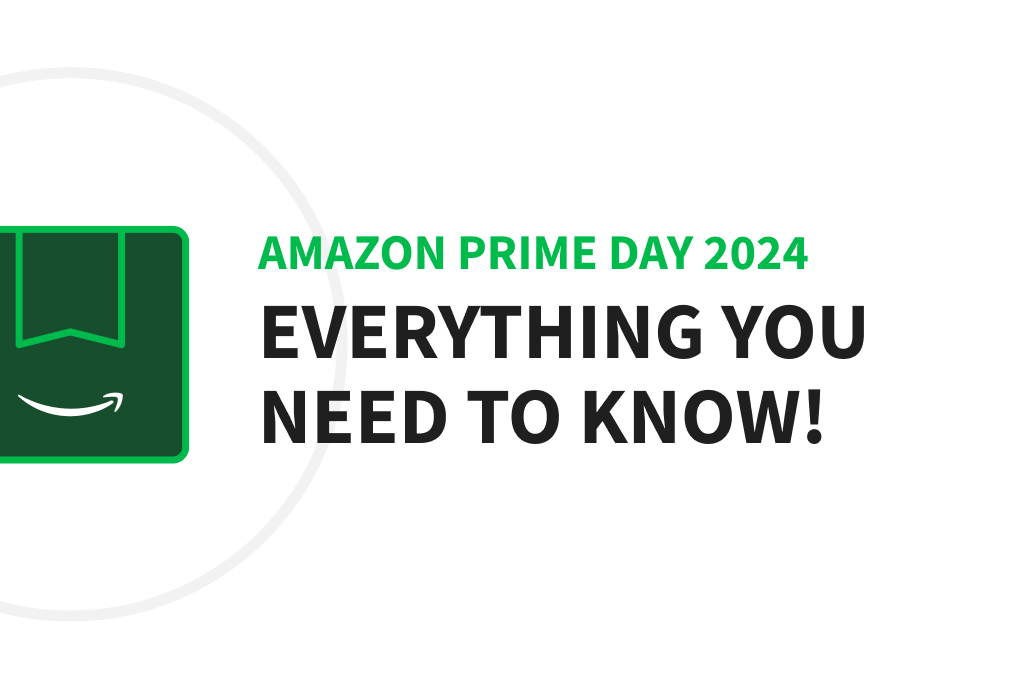Creating a content strategy is the key to successfully producing the right content, at the right time, in the right place. Once you start producing quality content that improves your Google rankings, you’ll understand why it’s a far superior approach.
According to a HubSpot study, 77% of companies claim to have a content marketing strategy.
Competition is becoming increasingly fierce. The first step to successfully establishing a competitive edge – and actively engaging your audience – is to put a solid, intelligent content marketing plan in place.
Let’s take a look at what you need to do to get your content marketing right.
What is a content strategy?
Content strategy is a Web strategy based on content marketing that pays long-term dividends in terms of SEO. It focuses on building a solid relationship with a target audience by offering them high-quality, relevant content.
The idea is to create and share online material (such as videos, blog posts, and social media posts) that doesn’t explicitly promote a brand but aims to stimulate interest in its products or services.
Many people write, design, and create content. Content strategy involves someone stepping back and asking, “What should we create and why?”.
Why do you need a content strategy?
Content strategy aims to create meaningful, consistent, engaging, and sustainable content that attracts your company’s target customers. Without thought and direction, your content won’t have the same impact. Considering the sheer number of trillions of pieces of content on the Internet, producing QUALITY content is of paramount importance today.
By implementing a content strategy, you’ll be able to establish how to appear first on Google ahead of your competitors. You’ll also considerably improve your chances of achieving your business objectives.
Want to plan your entire Web strategy?
1. Define your objectives
The very first thing you need to do is ask yourself why you want to do a content strategy. And no, it’s not a good answer to say that your boss asked you to or that you’ve read that it’s essential. What do you want to achieve in general through content creation?
Common content marketing objectives:
- Brand awareness
- Lead generation
- Creating a sense of community around your brand
- Educate prospects about your products or services
- Reduce the sales process
- Increase website traffic
- Increase conversions
2. Establish your KPIs
Once you’ve determined your overall objectives, you need to be more specific by establishing KPIs – key performance indicators. KPIs are the numbers you track and analyze to determine the performance of your content. For example, organic traffic, average visit duration, or number of pages viewed.
They’re essential for knowing whether you’re on the right track because they help you understand what’s working and what’s not. In the absence of data analysis and reporting, there’s a risk of misinterpreting the success or failure of your strategies. This misinterpretation can lead to a false sense of security or satisfaction, believing that everything is proceeding well when, in reality, there could be underlying issues or opportunities for improvement that are not being addressed. Analyzing data provides a more objective basis for evaluating performance, identifying challenges, and seizing opportunities, thereby leading to more effective and informed decision-making.
3. Assess your current position
Where are you starting? Do you already produce content? How do you compare with your competitors?
This is where you analyze your strengths and weaknesses, as well as the opportunities and threats in your market. The aim is to determine how you’re going to position yourself in the market and what will set you apart. By looking at what your competitors are doing and the results they’re getting, you’ll be able to target topics with potential. If your competitors don’t have a content strategy, all the better: you’ve got some great opportunities to seize!
4. Know your audience
Who will read your blog posts? At this stage, we recommend that you create personas – fictitious representations of your customers and target audiences.
They include information on identity (age, gender, income, qualifications, etc.), roles, challenges, motivations, aspirations, behaviors, preferred buying patterns and paths, as well as recurring disincentives to purchase. Once defined, they enable you to create relevant, quality content with which they will engage.

And their buying journey
A common mistake in content marketing is to produce content that is only relevant to web users who have reached the decision stage.
Content creation should address the needs and questions of Internet users, not just talk about your brand, products or services. Adopting sales language too early in a user’s buying journey can be detrimental and poorly perceived.
If you’re convinced of your products or services, there’s no need to hide information from yourself or your competitors.
By giving the prospect all the information he needs, he’ll be able to make a decision. And maybe they won’t choose you… and maybe that’s for the best. You want customers who really fit with you and recognize the value of your product.
5. Decide on content types
Content marketing isn’t just about writing blog posts. There are endless possibilities for the kind of content you can produce! Of course, you’ll need a variety of content for your social networks, the blog section of your website, and for your e-mail marketing.
Ideas and examples of content
The type of content can be very varied: video, sales document, case study, comparative guide, interactive content, quiz, infographic, meme, GIF, and many others!
Depending on the overall purpose of your content strategy, and the personas and opportunities you have found, some content may be more appropriate than others.
So you can list the types of content you plan to create. This is the basis for your editorial calendar. You will also need to establish the type of content for all communication channels and the frequency of publication.
What will you share on Facebook, Instagram, LinkedIn, YouTube, Pinterest, email and on your website?
6. Identify and allocate resources to your plan
A plan without resources is just a wish. It’s important to make sure you have everything you need to implement your content marketing strategy, otherwise it will only be one more forgotten project.
Depending on your resources, you may realize that the frequency of your content is not realistic. You can then reduce it or choose to do business with external resources.
- Who will write the content?
- What tools do you need?
- Do you need to create visuals?
- Do you need access to specific information?
7. Create quality content
It’s finally the stage of content creation! By following an editorial calendar and editorial line, you will be able to produce relevant or entertaining content for your target audience that will allow you to achieve your goals.
When creating your content strategy, you may have already thought about content ideas. Your content can be based on questions often asked by your customers or prospects, comments you have received from satisfied customers, and information you want your prospects to know.
For content on your website, don’t be a perfectionist, otherwise, you’ll never publish! It doesn’t have to be perfect the first time. You can always improve a blog post after its publication. However, here are 6 mistakes you can avoid from the beginning when writing your content.
8. Publish and share content
The content being written and reviewed, it is time to share it on the channel you planned (blog, social networks, email).
It is also possible to promote with paid advertising on Google Ads Facebook Ads or other paid media.
You might want to think about this option for your social media strategy since the organic reach of a Facebook post is on average less than 6.4% or less of the page’s total likes. For Instagram, this figure drops to about 2.2%.
9. Measure results and optimize
It’s time to use the KPIs you chose at the beginning! Does your content strategy meet the objectives you set? Do some articles perform less than expected? If so, what can you do to optimize them?
Once the content is published, the work is not finished. You have to test, optimize, and update if necessary.
List of tools to measure the performance of your content strategy
- Google Analytics 4
- SEMrush (keyword tracking and monitoring)
- Search Console (performance by URL)
- Ahrefs
This step is crucial for your content strategy to be successful and to last over time. You may realize along the way that some types of content perform better than others, so you can adjust your editorial calendar to produce more. Thus, the performance of your content marketing strategy depends on many factors: you need to know your audience well, set realistic goals, create relevant content and optimize according to performance indicators.
Create your winning content strategy now


